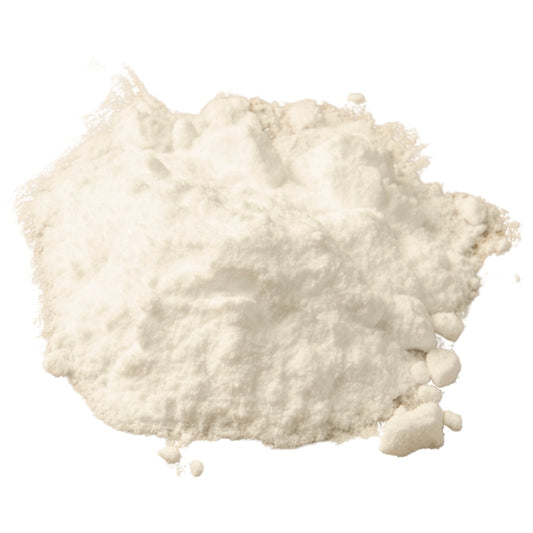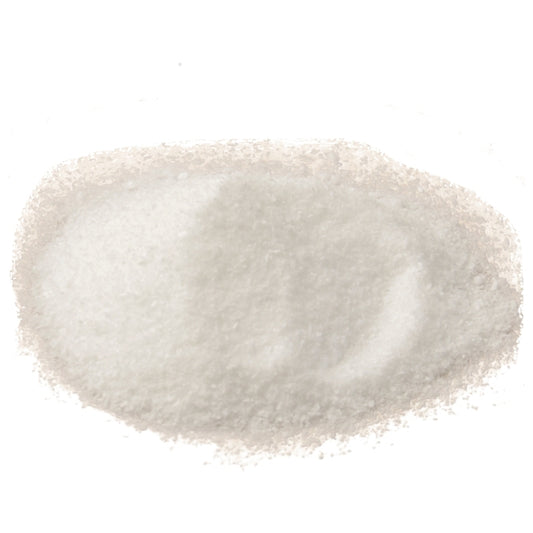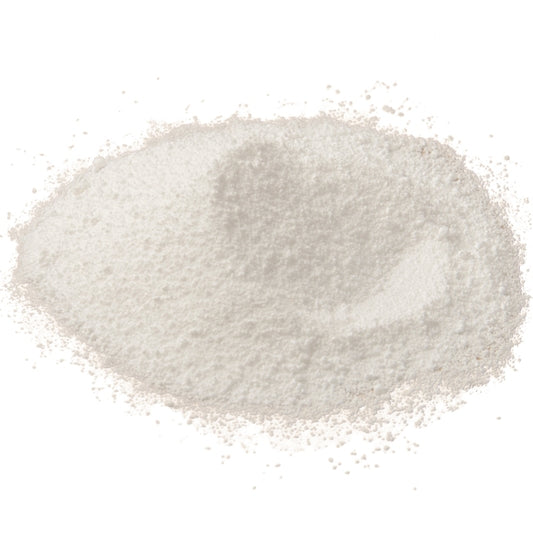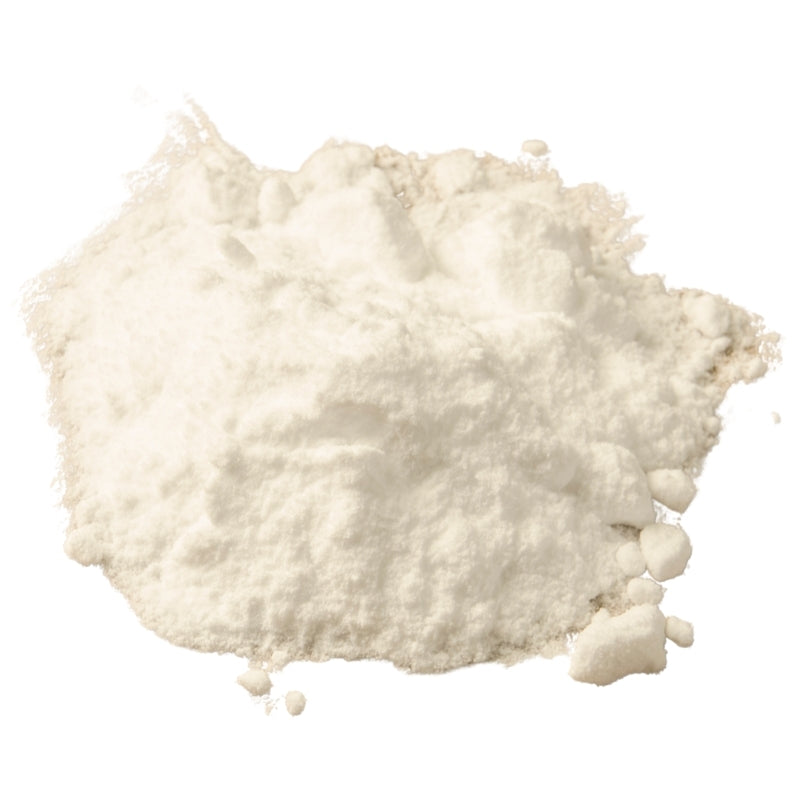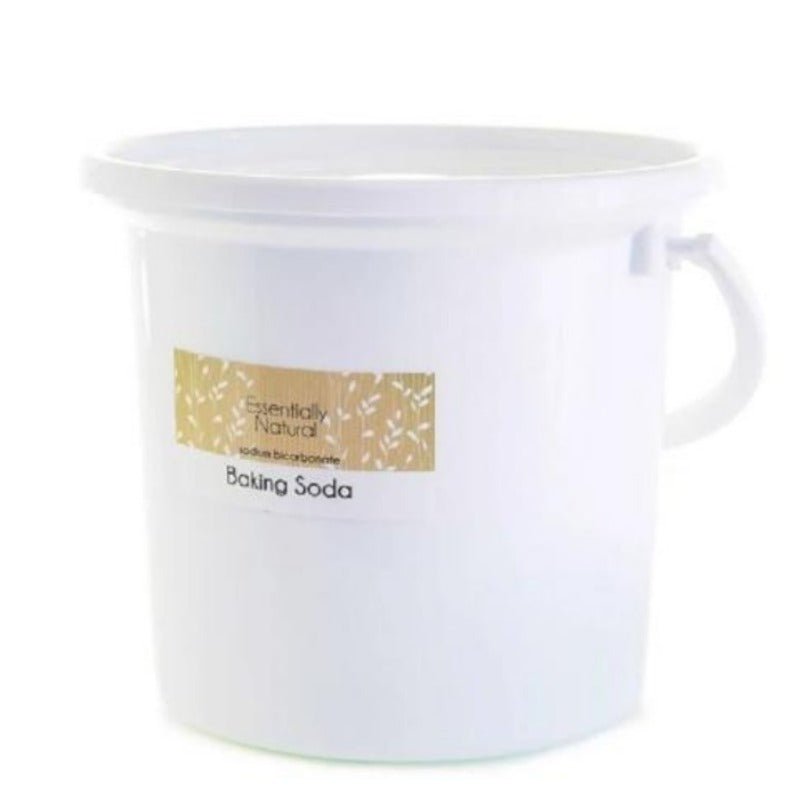
How to Identify and Remove Mould in Your Home
Cayla MandeanPicture this: you're taking a shower, minding your own business, letting the warm water wash away the stress of the day, when all of a sudden, you notice something odd. A strange congregation of dark patches near the faucet. You lean in closer. It's not dirt. It's not soap scum. You squint and ask yourself, "Was that always there?"
Curiosity turns into a slight concern as you do a quick web search. And there it is… mould.
But wait, it doesn't stop there. Once your eyes are opened to this discovery, you begin noticing it in other places: the corners of your bathroom tiles, under the sink, maybe even creeping at the back of the kitchen sink cupboard.
Well… now you can safely say that you have been welcomed to the world of hidden household mould. You may find comfort in knowing it is actually more common than you think and, unfortunately, more harmful than most people realise…it's something you shouldn't ignore.
What Is Mould?
Mould is a type of fungus that thrives in moist, warm environments. It reproduces via tiny airborne spores that land on damp surfaces and begin to grow. Mould doesn't need direct sunlight to thrive; just water, warmth, and a food source like wood or dust.
Almost all homes, apartments, and commercial buildings will experience leaks, flooding, or other forms of excessive indoor dampness at some point. Understanding the types of mould that can develop in these environments is not just a nice-to-know but key in identifying potential hazards and remedies.
There are thousands of mould species, but common household/indoor types include:
1. Cladosporium
It is either brown, green, or black and thrives in both warm and cool environments. You can find it in wood, carpets or fabrics, and often hidden in overlooked places like air systems. Often sneaky and airborne, it can trigger asthma and allergy symptoms.
2. Penicillium
It is fuzzy, blue, green, or yellow and grows in damp or water-damaged areas. You can expect to find it under carpets, in basements, and inside insulation. It loves water, so you can expect it to grow fast and spread easily, especially after flooding or water leaks. It has the potential to worsen breathing problems if left untreated.
3. Aspergillus
It is green, white, or grey with dark spots and has a powdery texture. You can find it on fabrics, walls, attics, basements, and even dry food. It doesn't need much airflow to thrive, which makes it quite resilient. Some species produce mycotoxins and may affect those with weak immune systems.
4. Stachybotrys chartarum (Black Mould)
This type is dark green or black, slimy texture when wet. It loves high-cellulose materials that have been wet for days or weeks. You can expect to find it on water-damaged drywall, wood, paper, ceiling tiles, and behind walls. It is often considered one of the more dangerous moulds when present in large quantities in indoor spaces and can produce mycotoxins. It has been linked to respiratory issues, especially in sensitive individuals (e.g., infants, people with asthma, or weakened immune systems)
These mould types vary in appearance and preferred environments, but all share one thing in common: they flourish where moisture lingers.
The Health Risks of Mould Exposure
Beyond the physical "ick", mould can pose significant risks to your health. Both regulatory bodies and health organisations emphasise the potential harm of mould exposure, especially for sensitive individuals.
Mould can trigger allergic reactions and, in more severe cases, lead to mould toxicity due to the release of mycotoxins. These toxins are produced by certain types of mould and can contribute to a range of health issues.
Allergic Reactions vs. Mould Toxicity
It's important to distinguish between allergic reactions to mould and mould toxicity, as they affect the body in different ways:
- Allergic Reactions: Mould spores, particularly from species like Cladosporium and Aspergillus, can trigger an immune response in sensitive individuals. These reactions are generally less severe but can cause symptoms such as sneezing, coughing, itchy eyes, and skin rashes. In those with existing conditions like asthma or hay fever, mould exposure can worsen symptoms.
- Mould Toxicity (Mycotoxins): Some moulds, notably Stachybotrys chartarum (black mould), produce toxic substances known as mycotoxins. These toxins can be harmful when inhaled, ingested, or come into contact with the skin. Mould toxicity is more serious than allergic reactions and can lead to a range of health problems. Chronic mould exposure, especially to mycotoxin-producing moulds, may contribute to health problems in sensitive individuals, but the long-term effects of mycotoxins are still actively studied.
Common Symptoms of Mould Exposure
The symptoms of mould exposure can vary depending on whether you're experiencing an allergic reaction or mould toxicity:
From Allergic Reactions:
- Sneezing and coughing
- Sore throat or scratchy throat
- Skin rashes or hives
- Red, itchy, or watery eyes
- Worsening asthma or other respiratory symptoms
From Mould Toxicity:
- Chronic headaches
- Fatigue and muscle aches
- Dizziness or vertigo
- Difficulty concentrating (sometimes called "brain fog") and trouble sleeping
- Respiratory problems and gastrointestinal distress
While yes, allergic reactions have been proven by studies, particularly in sensitive individuals like children, the elderly and those with weakened immune systems, the more serious long-term effects of mould toxicity are still being studied.
However, the case for the harmful effects of mould toxicity is being strengthened by the day. Which begs the question…
How Can I Get Rid of Mould in My House Using Natural Solutions?
For small, surface mould infestations, there are some powerful, natural remedies you likely already have at home that you could try.
Apple Cider Vinegar has antifungal and antibacterial properties that can help fight mould. The primary component responsible is Acetic Acid.
Baking Soda is effective at killing off mould due to its alkaline and absorbent nature. It deodorises and scrubs away surface mould.
Some Essential Oils are natural mould killers as they have antifungal properties that can help inhibit the growth of mould spores and kill them. For a natural and effective DIY remedy, you can make our:




